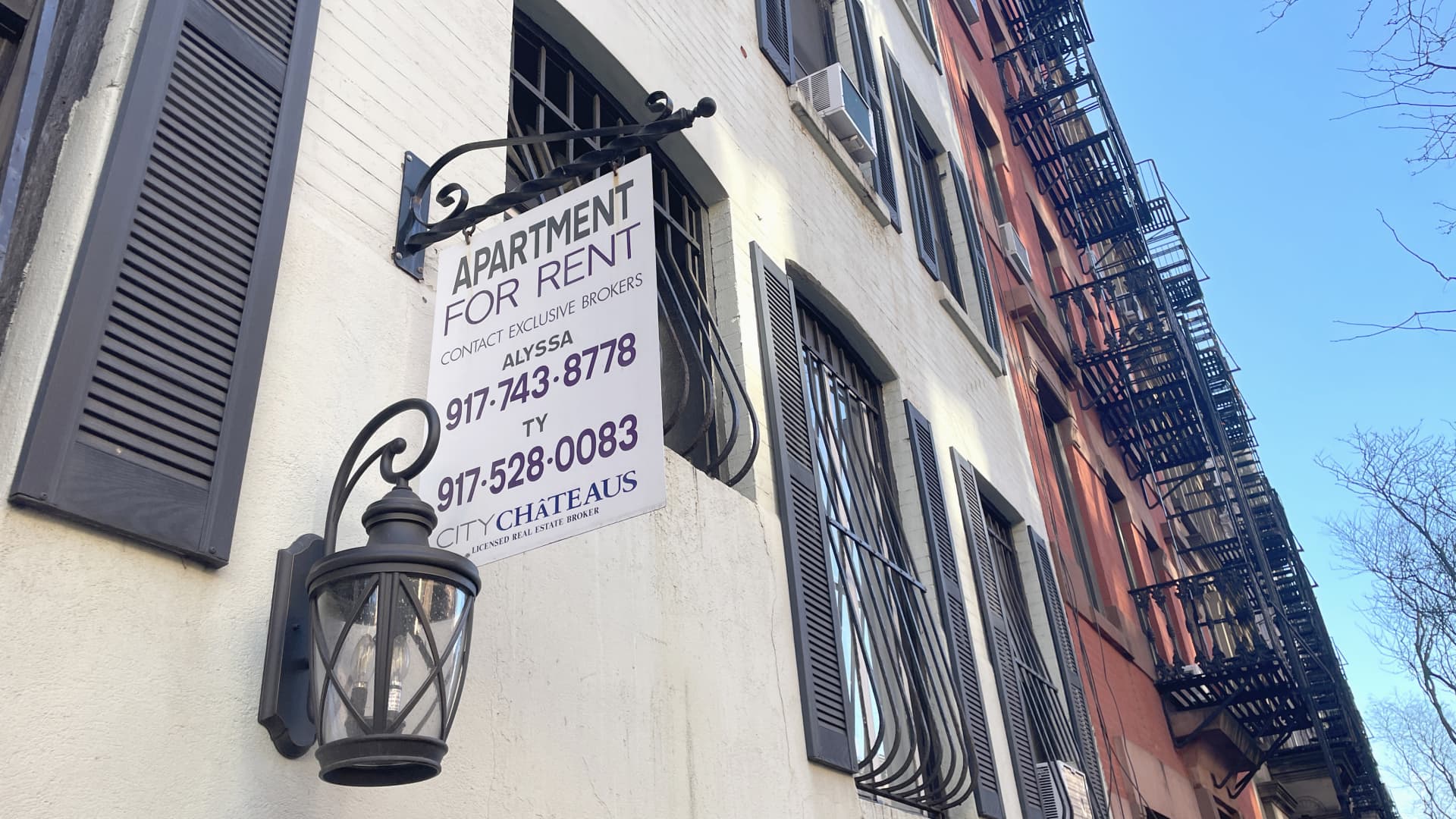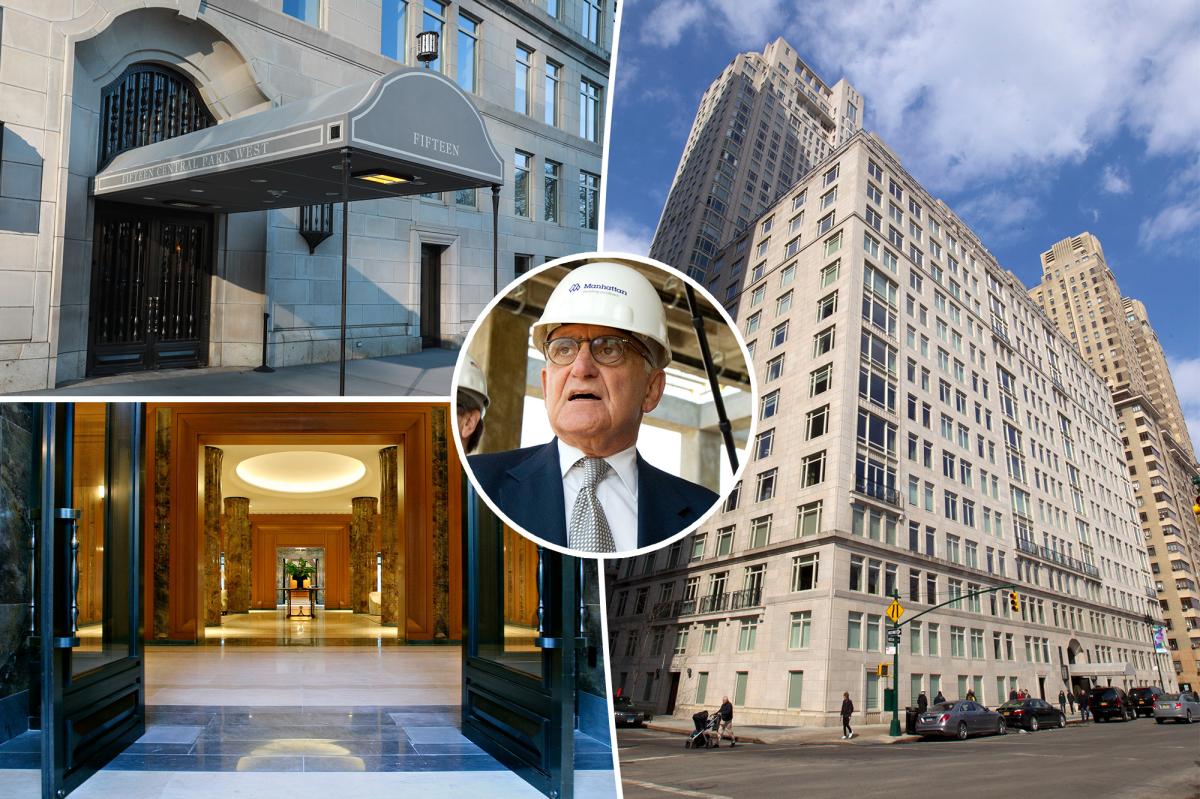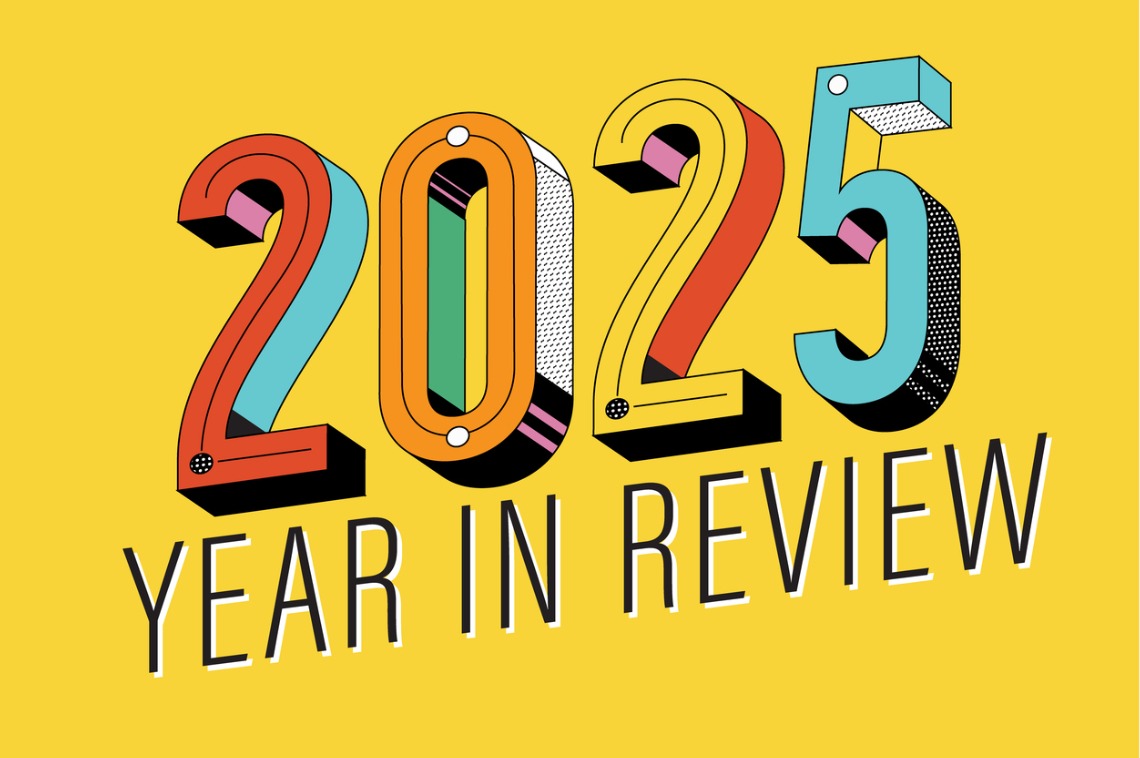A
surge in new apartment supply has led to a record-high vacancy rate and weakening rents. The national multifamily vacancy rate rose to 7.1% in July, according to Apartment List's monthly index, which dates back to 2017. This is despite the market having passed its peak construction boom, but still being overbuilt relative to demand.
Last year saw a massive influx of new units, with over 600,000 hitting the market - a 65% increase from 2022 and the most in a single year since 1986. However, landlords are no longer as overstocked as they were at the start of this year, making it still more of a renter's market.
The average time to lease units after listing was 28 days in July, slightly longer than June but down from January's high of 37 days. Rents nationally remained unchanged in July compared to June, with a median rent of $1,402. However, they were down 0.8% from the same month last year and have been negative for three straight months.
Regionally, rents were up in July from June in 37 of the nation's 54 largest metropolitan areas, but less than half are seeing positive growth compared to a year ago. Rent declines are most prevalent in the South and Mountain West, with Austin, Texas, experiencing a 6.8% decline. San Francisco is seeing the biggest gains, with rents up 4.6% from last year.
While construction is expected to slow further, conditions may shift as the supply wave recedes. The report notes that "conditions are likely to shift" in the second half of this year and into 2026, suggesting a potential return to tighter market conditions.













